Updated: 26-Feb-2018
See Allison. Today it is in the orbit of Rolls-Royce, it belonged to the General Motors Corp., Aircraft Division.
-It is the constructor of the Model 250 range turboprop and turboshaft engines that had moderate power and were very widespread throughout the world.

"250-B-"
-The 250s have had the main series in the C-10, C-18, C-20, B-15, B-17, C-28 and C-30. Its military nomenclature is T-63.
-Generally the 250-B models are turboprops of about 400 EHP while the 250-C models are 450/650 SHP turboshafts.

"250-C-"
-They also build the 501 model turboprops (T-56) and those are the engines used on the famous Hercules. They delivered between 4,000 and 5,000 hp (4910 hp in the T-56-A-15, for example).
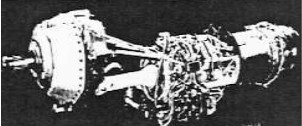
“T-56”
-Towards 1973, the work of another engine began, the 701, which was based on the T-56 technology, although it did not prosper.

"701"
-Another interesting engine was the TF-41, a two-shaft turbofan based on the RR Spey 62 and mounted on the British Phantom K and M.
-On the Corsair A7D they replaced the TF-30 (In the UK the TF-41 was the RR-168-62 Spey).
From Appendix 6: Belonging to the GM group, now it belongs to Rolls-Royce.
-The most recognized product of this brand is the small turboprop / turbojet Model 250. (see Allison and RR as well).
-Its architecture is famous and original, but its beginnings were hesitant between several formulas.
-When in 1957 an order was received from the US Army for a new observation aircraft to replace the Cessna "Bird Dog", and the Division of the GM being selected for it, Detroit Diesel Allison made a "genesis" of designs before reaching the final formula.
-And these were the beginnings, at first very different:
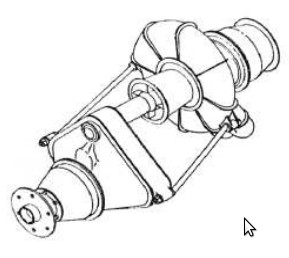
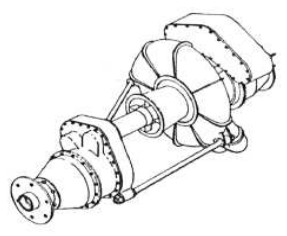

“First three studies”
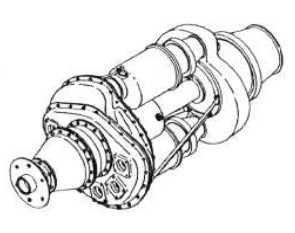

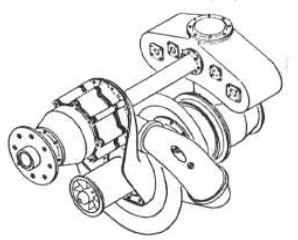
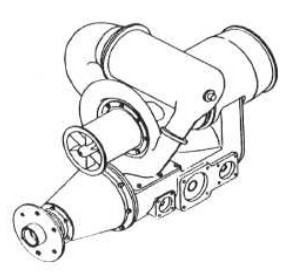
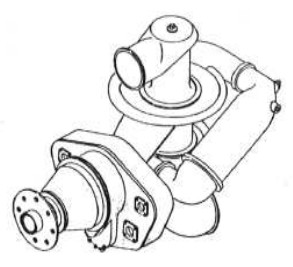
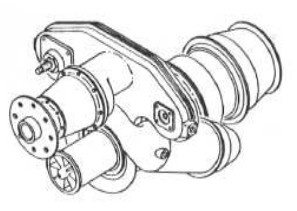
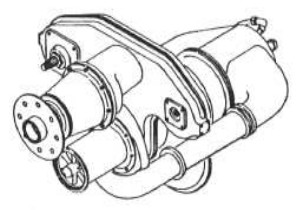
"Several more, the last one already with a somewhat definitive look"
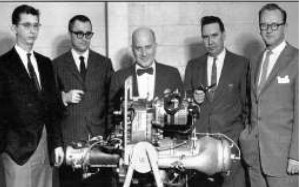
“The design team behind the 1959 prototype”
-This first 250 Model received the nomenclature YT63-A-3 and it ran in the year 1959. Fifty years later the formula of its architecture remains nearly the same with very small variations.
-Remember that when Detroit Diesel Allison and Allison went to Rolls Royce, and the lately redesigned 250s are the RR300 and RR500 series (see Rolls Royce).
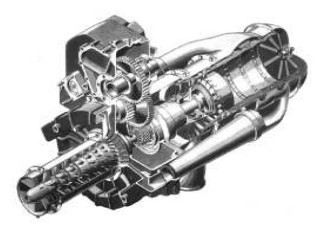
"Original Prototype Configuration"
-As we observed in this cutaway image, the YT63 had a mixed compressor with 7 axial stages and a centrifugal one, a single inverted combustion chamber, a turbine for the gas generator and two turbines for power output (PTO).
-The next evolution would be mainly the 250-C20B/J with 420 hp and the C20R/B17F with 450 hp. These would give rise to the C30P and C47B with 620/650 hp although the latter had FADEC.
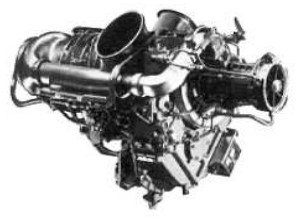
"250-C20B/J, 420 HP"
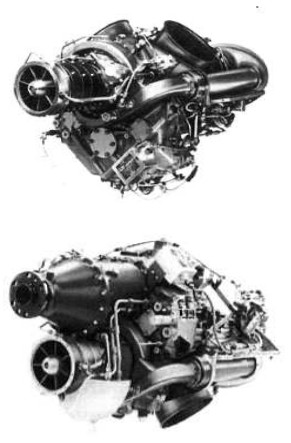
"Evolution from the first 250 to the turboprop, both 450 HP"
-From the C20R of this page would rise the B17F turboprop. Also from the previous one would derive the following C30P:
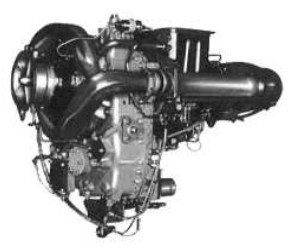
"Detroit Diesel Allison 250-C30P giving 650 hp"
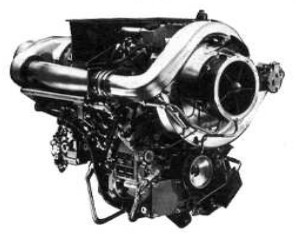
"C47B giving 650 hp with FADEC"
-Remember that FADEC is the engine control through this "Full Authority Digital Electronic Control" device.
-In more detail the evolution of the 250 was as follows:
-T63-A-5 (M250-C10) giving 317 hp from 1962.
-T63-A-700 (M250-C18) same power from 1965.
-250-B15 turboprop model giving 317 hp from 1969.
-Of this group or Series I about 6,500 engines were made.
-Series II:
-the -C20 giving 400 hp, towards 1970.
-the -B17 turboprop giving 400 hp in 1971.
-the famous -C20B giving 420 hp was certified in 1974.
-the -B17B giving 400 hp in 1974 and the improved one with 420 hp in 1979.
-The 250-C20R giving 450 hp in the year 1986.
-In 1988, the B17F giving 450 hp was certified.
-Evolution of the Series III:
-the M250-C28 with 500 hp in the year 1975.
-the improved -C28B with 500 hp to the shaft.
-From this group almost 1000 engines were made.
-The Series IV evolved as follows:
-The C30 reached 650 hp in the year 1978.
-The C30R (military T703-A-700) with 650 hp in 1983.
-The 250-C40 and C47 (military C30R / 3) giving 650 hp was certified in 1996 with improvements and the mentioned Fadec.
-All these engines have been installed on light airplanes and helicopters, standard or in special adaptations as in the case of Soloy (see).
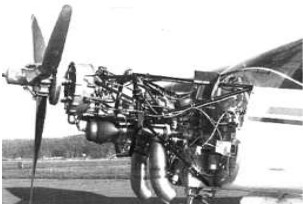
"Soloy conversion on a Cessna"
-As we see the adaptation for a turboprop differs in everything from the Detroit Diesel model.
-In the first place because the engine is installed in the opposite direction, the power output and a special gearbox.
-Soloy installed Allison 250 engines in Bell 47 and Hiller UH12E helicopters.
-There were some concepts of coupling two engines joined through common gear boxes with turboshafts and turboprops.

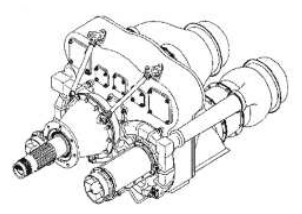
“Two coupled 250 versions”
-The studies to reduce consumption with heat recovery were also interesting, we show some of these trials.
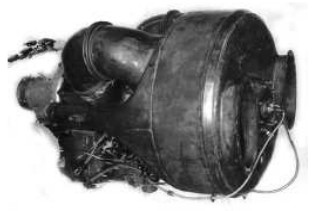
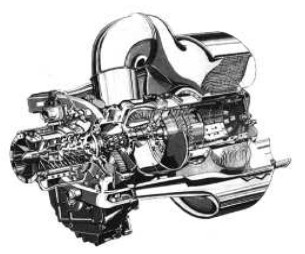
“External view and cutaway”
-The first example we have acts as a heat exchanger. The exhaust gases heat cells through which also flows the inlet air to the chamber in order to heat it avoiding more fuel consumption.
-The savings achieved in this way did not compensate for the larger size and weight. Other examples:
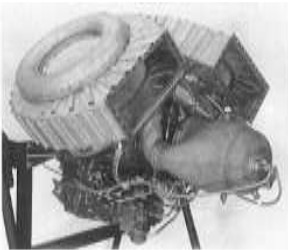
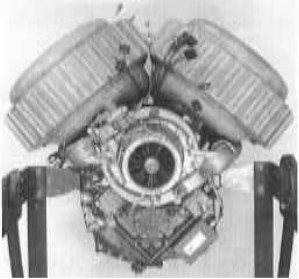
“Another system for an Allison T63”
-Making use of the two standard exhaust outlets with two heat exchanger drums.
-Another type we see in the picture below with two heat exchangers, one on each side of the engine with its hot and cold collectors.
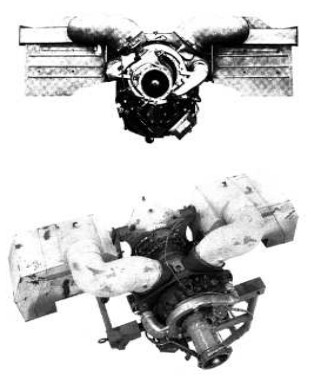
“Two views of side exchangers”
-In a test of a 250 engine that gave 460 hp running on ammonia (N3), which we see below, there was also heat recovery.
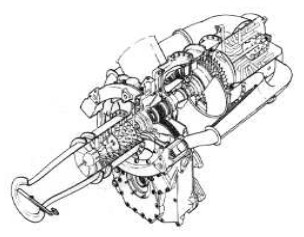
"T-63 consuming ammonia"

"The previous motor with drum exchanger"
-Finally, we provide an exceptional project of a 250 acting as a turbofan.
-The mechanism can be seen in the figure below.
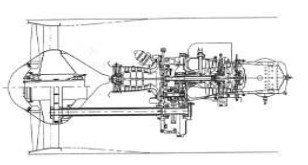
"Surprising 250 turbofan"
-All the information included in this Appendix comes from one of the presentations (by Dan Jensen) that were made at the 2009 Convention of AEHS (Aircraft Engine Historical Society), held in Indianapolis.
Engines of DETROIT DIESEL ALLISON
Model: Model 250, series C-10, C-18, C-20, C-28, C-30,
Arquitecture:
Compressor/s:
Combustion chambers:
Turbines:
Power / Thrust: / ---
Weight:

"Detroit Diesel Allison 250-C30P, 650 HP"
Model: Model 501 (T-56)
Arquitecture:
Compressor/s:
Combustion chambers:
Turbines:
Power / Thrust: / ---
Weight:

"Detroit Diesel Allison, T-56"
Model: Model 701
Arquitecture:
Compressor/s:
Combustion chambers:
Turbines:
Power / Thrust: / ---
Weight:

"Detroit Diesel Allison, 701"
Model: Model T-703 (C-30R)
Arquitecture:
Compressor/s:
Combustion chambers:
Turbines:
Power / Thrust: / ---
Weight:
Model: Model TF-41
Arquitecture:
Compressor/s:
Combustion chambers:
Turbines:
Power / Thrust: / ---
Weight:
Model: RR-300 series
Arquitecture:
Compressor/s:
Combustion chambers:
Turbines:
Power / Thrust: / ---
Weight:
Model: RR-500 series
Arquitecture:
Compressor/s:
Combustion chambers:
Turbines:
Power / Thrust: / ---
Weight:


